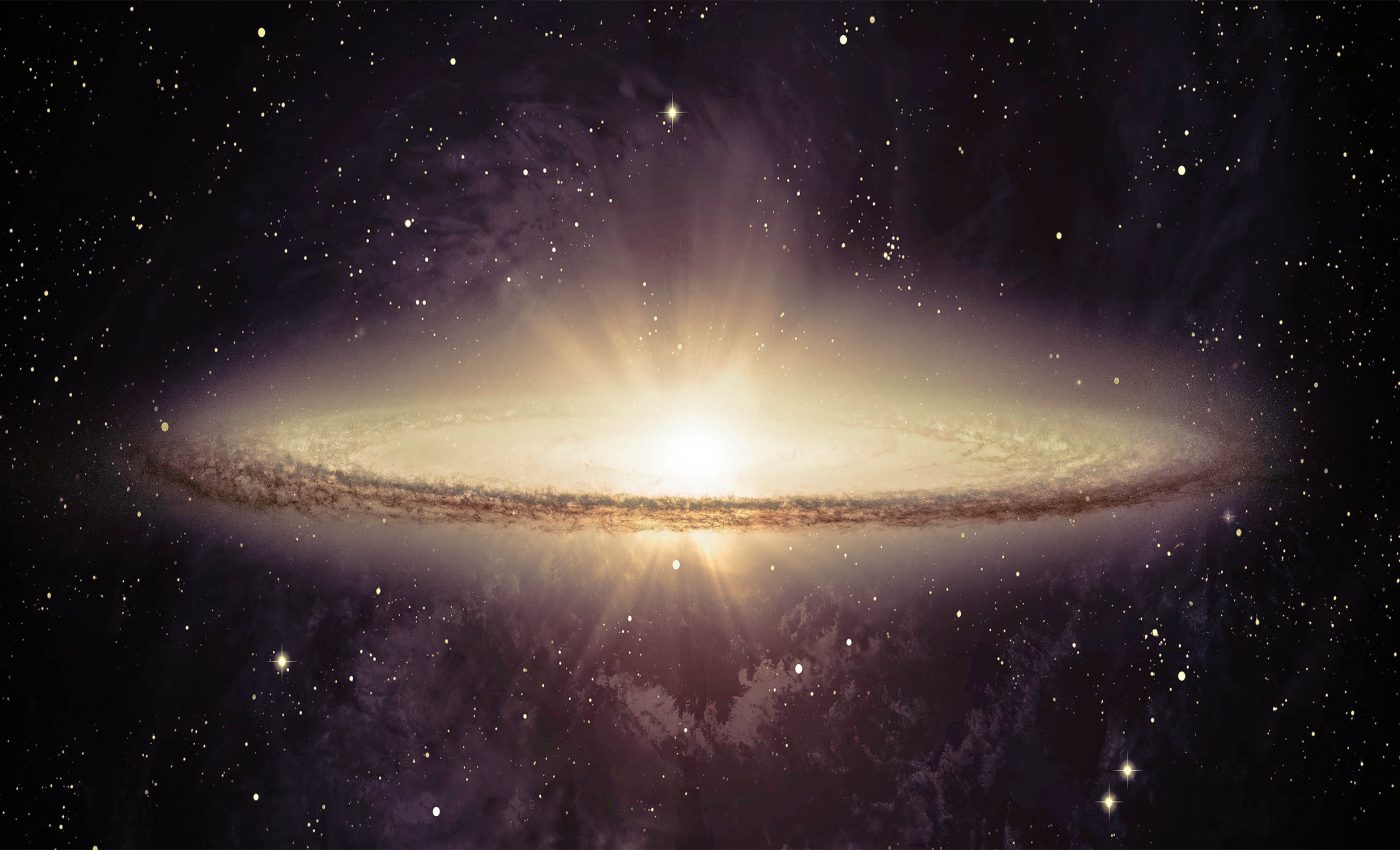
Astrochemists think they found where the missing sulfur atoms in space have been hiding
For decades, astronomers have looked into dark clouds where stars are born and come up short on sulfur. A new lab study points to a hidden stash locked in icy grains as complex sulfur molecules that telescopes have struggled to see.
The so-called sulfur shortfall is not small. In dense clouds, measured sulfur can be down by about a factor of 1,000 compared with what models predict for the gas, a gap that has puzzled researchers across multiple surveys.
“The observed amount of sulfur in dense molecular clouds is less, compared to predicted gas-phase abundances, by three orders of magnitude,” said Ralf Kaiser, professor of chemistry at the University of Hawaii at Manoa.
The research team includes Ryan Fortenberry of the University of Mississippi, Ralf Kaiser, and Samer Gozem of Georgia State University.
Sulfur trapped in icy space dust
The study shows how hydrogen sulfide on icy dust can transform at frigid temperatures into two families of molecules, polysulfanes and octasulfur, using lab conditions that mimic space.
The work points to sulfur being present mostly as chains and eight-atom rings rather than as simple gas molecules that are easy to spot.
The experiments report that a sizable fraction of hydrogen sulfide converts into higher-mass sulfur species over cloud lifetimes, including a measurable yield of S8 rings (molecules made up of eight sulfur atoms arranged in a closed loop) in the thermodynamically stable crown shape.
Warming matters because ices do not release everything at once. As clouds evolve into star-forming regions, different sulfur compounds let go over a broad, molecule-specific temperature range, so astronomers should look in zones where those temperatures are reached.
Why telescopes miss sulfur
In ice surveys, carbonyl sulfide (OCS) has been the most reliable sulfur marker.
In fact, OCS is currently the only securely detected sulfur-bearing species in interstellar ices, which underscores why much of the sulfur budget has stayed off the books.
Early James Webb Space Telescope (JWST) spectra toward the background stars NIR38 and J110621 revealed solid OCS and even hints of sulfur dioxide, but not the bulk of the missing sulfur.
That leaves a lot of sulfur unaccounted for when observers tally up ices and gases along the same lines of sight. At this point, JWST can now resolve faint ice features with sensitivity that older missions could not match.
“If you use, for instance, the James Webb Space Telescope, you get a specific signature at specific wavelengths for oxygen and carbon and nitrogen and so forth. But when you do that for sulfur, it’s out of whack, and we don’t know why there isn’t enough molecular sulfur,” said Fortenberry.
How sulfur changes in space
The team built its case with photoionization reflectron time-of-flight mass spectrometry and careful control of ionization energy to pinpoint which isomers of sulfur compounds were present.
That approach allowed them to identify chains up to H₂S₁₁ (one of the largest sulfur chain molecules detected in laboratory simulations of interstellar ice chemistry) and to confirm that only the crown form of octasulfur emerged under the ice-processing conditions.
“Laboratory simulations of interstellar conditions such as this study discover possible inventories of sulfur, containing molecules that can be formed on interstellar ices.
Astronomers can then utilize the results and look for these polysulfane molecules in the interstellar medium via radio telescopes once sublimed into the gas-phase in star forming regions,” said Kaiser.
When those ices warm, the lab data indicate that polysulfanes should enter the gas at distinct temperatures, making them promising targets for radio searches.
Asteroid clue to sulfur
There is a tantalizing link between cold clouds and nearby rocks. Analyses of samples from the asteroid Ryugu reported elemental sulfur rings among the extracted compounds, consistent with S8 showing up beyond Earth.
The new study goes further by estimating that the Taurus Molecular Cloud could accumulate an amount of octasulfur equivalent to hundreds of Earth masses when integrated over cloud lifetimes, if similar chemistry operates at scale.
That perspective connects interstellar ices to the inventory of material that young planetary systems can inherit.
Why sulfur in space matters on Earth
Sulfur chemistry is not just an astrophysical curiosity. Hydrogen sulfide arises from natural and industrial sources and interacts with air and water systems that people care about, so basic knowledge feeds practical understanding.
“Hydrogen sulfide is everywhere: it’s a product of coal-fired power plants, it has an effect on acid rain, it changes the pH levels of oceans and it comes out of volcanoes,” Fortenberry concluded.
“If we gain a better understanding of what the chemistry of sulfur can do, the technological commercialization that can come from that can only be realized with a foundation of fundamental knowledge.”
The study is published in Nature Communications.
—–
Like what you read? Subscribe to our newsletter for engaging articles, exclusive content, and the latest updates.
Check us out on EarthSnap, a free app brought to you by Eric Ralls and Earth.com.
—–













